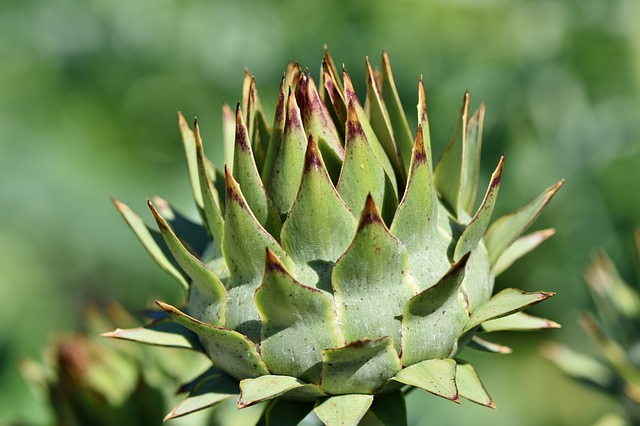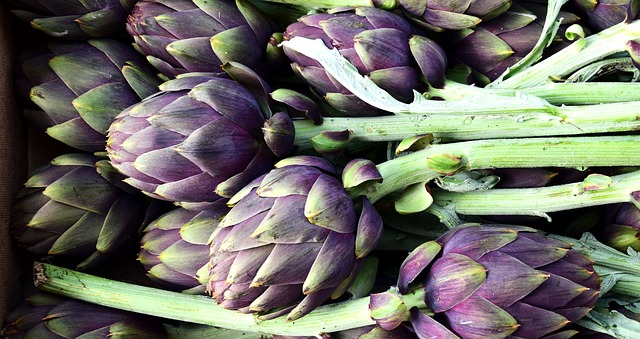Artichokes

Question from “G”:
I am na interessed party in artichokes, and see your site about yhis matter. Already II tried to find in Portugal the orgasnic of got guano of that,yor speaks, but do not obtain to find. Please inform me what componentes there are in this fertilizing. On your site I to know only phosphorus and potassiun, but there are more. Without plus thanks a lot.

Answer from Pat:
Just substitute a commercial balanced organic fertilizer containing nitrogen, phosphorus and potassium. Or make your own, for example, you could use fishmeal which is high in nitrogen and phosphorus and you could add some Sul-Po-Mag, or green sand if you prefer. Work this into the soil, since fishmeal has a high odor. Another suggestion would be to use blood meal or seedmeal for nitrogen, bone meal for phosphorus and Sul-Po-Mag to provide potassium. If you cannot find that bury a dead fish under the roots of your artichoke and dig some rotting banana peels into the ground. Banana peels contain phosphorus and potassium. There are many ways to find organic substitutes for commercial fertilizers. Just think of all the fish waste that is thrown out when we eat fish. All that could be used as fertilizer.


We want to plant a large artichoke plant. the best location in our backyard has PVC pipe at about 8 inches beneath ground level. Will the artichoke roots be a problem later?
Artichokes have large roots. I don’t recommend planting them on top of a pipe. Also, now in June is the wrong time to plant artichoke in frost-free zones. Plant artichokes in autumn and harvest in June. Instead of trans-planting an existing plant, be sure to start out fresh with a young, seed-grown plant in autumn. Or plant bareroot ‘Green Globe’ artichoke when they are available in your local nursery in autumn or in January.